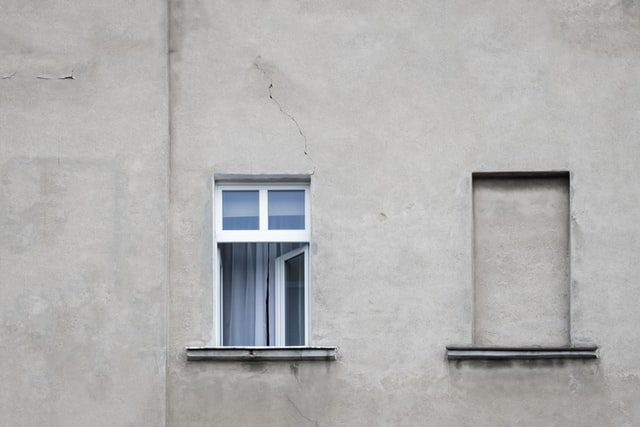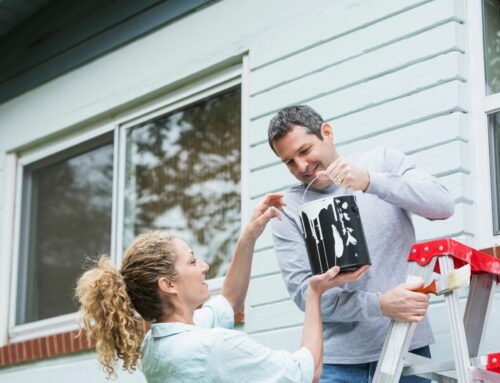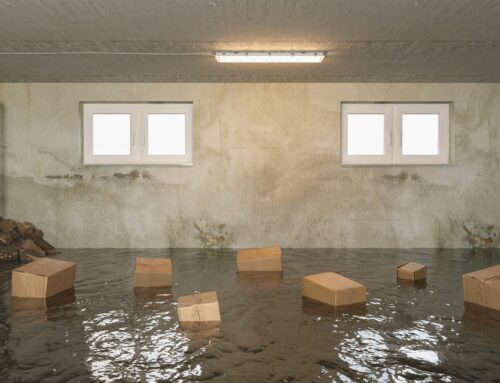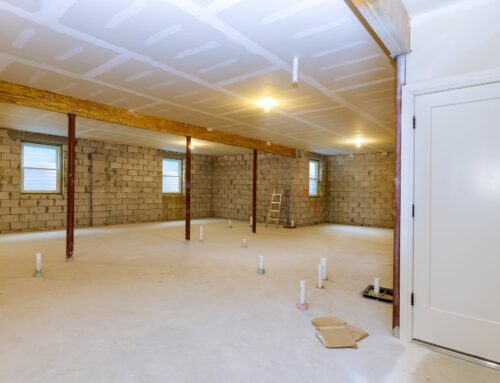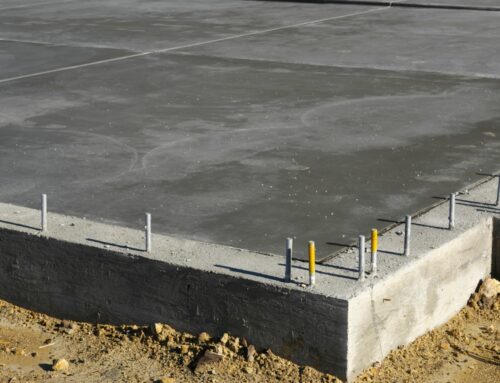A home built with exterior plaster and stucco typically lasts quite a long time, considering the durable nature of the product. However, depending on where you live, your stucco applications may start to deteriorate over time. When these finishes look like they are developing different visual appearances, it is probably time to contact an exterior plaster and stucco contractor.
You’ll have to pay close attention to various household areas, even in the indoor spaces, because some rooms may be developing cracks and other deformities. Interior plaster and stucco are just as important as their outdoor applications, so be sure to run a full-house inspection in all possible areas as often as possible. Here are some warning signs that indicate a stucco failure:
Cracks of Any Size
Where a home is built can affect the lifespan of exterior plaster and stucco. Some areas in fault lines may experience shifting land, with earthquakes cracking the material in different degrees. Other instances might include a wrong mixture of materials by a sub-par contractor and poor construction practices, which can damage the structural integrity of a home. Surface level cracks can often be deceiving, as they not only look bad, but they can lead to expensive damages because of how deep they get.
Cracking can be caused by foundational issues more than just aesthetic damages. While tiny ones are normal and might not cause concern, larger cracks can retain water and cause further structural weakness deep into the walls. These issues are why an exterior plaster and stucco contractor needs to be hired immediately when multiple cracks surface in a house.
Discoloration and Staining
Stucco is excellent when it comes to protecting a home. This material is designed to retain moisture in small quantities, but water spots that last can indicate a series of serious issues. They often appear on stucco, which is also identified as staining problems. You can tell staining is present when white streaks or dark color spots appear on the surface. Leaving these untreated can cause the formation of mold and can rot the materials around the affected areas. This spread will then seep into the stucco material and compromise the home’s foundations.
Poorly applied exterior plaster and stucco can cause these discolorations, as most well-applied coats will wick away moisture quite well. Combining the growth of mold with cracks can cause damage to the internal wood structures and framing, as well as insulation issues.
Improper Stucco Installation Causing Below-Grade Extensions
Installing stucco with improper building practices might cause mold formation, rotting of materials, and excessive cracking and crumbling of the material. When applying stucco, there has to be a minimum of two inches of clearance to allow proper draining to prevent trapping water and moisture. Stucco installed directly into the ground can soak up moisture from the soil and other materials when it rains, directly contributing to the material’s deterioration.
It’s hard to tell if this is happening, which is why hiring a home inspector is required in most instances to run a comprehensive check on a house’s integrity. Depending on your contractor, some might not be readily equipped to run exterior and interior plastering and stucco applications, so you’ll have to find someone who can fix things.
Conclusion
Structural integrity problems are the worst ones to deal with because of how much damage they can cause to a home. Despite stucco being a robust building material, many factors play into its deterioration, as it still isn’t perfect for all-around use. Taking note of these possible issues can help you stop damages in their tracks, saving you tons of money overall.
One Stop Plastering offers premium exterior plaster and stucco wall solutions in the Northern San Francisco area. We can build a house fit for your needs with various plastering services, window replacement, waterproofing, and fireplace construction. Contact us to learn more about how we can be of assistance.

